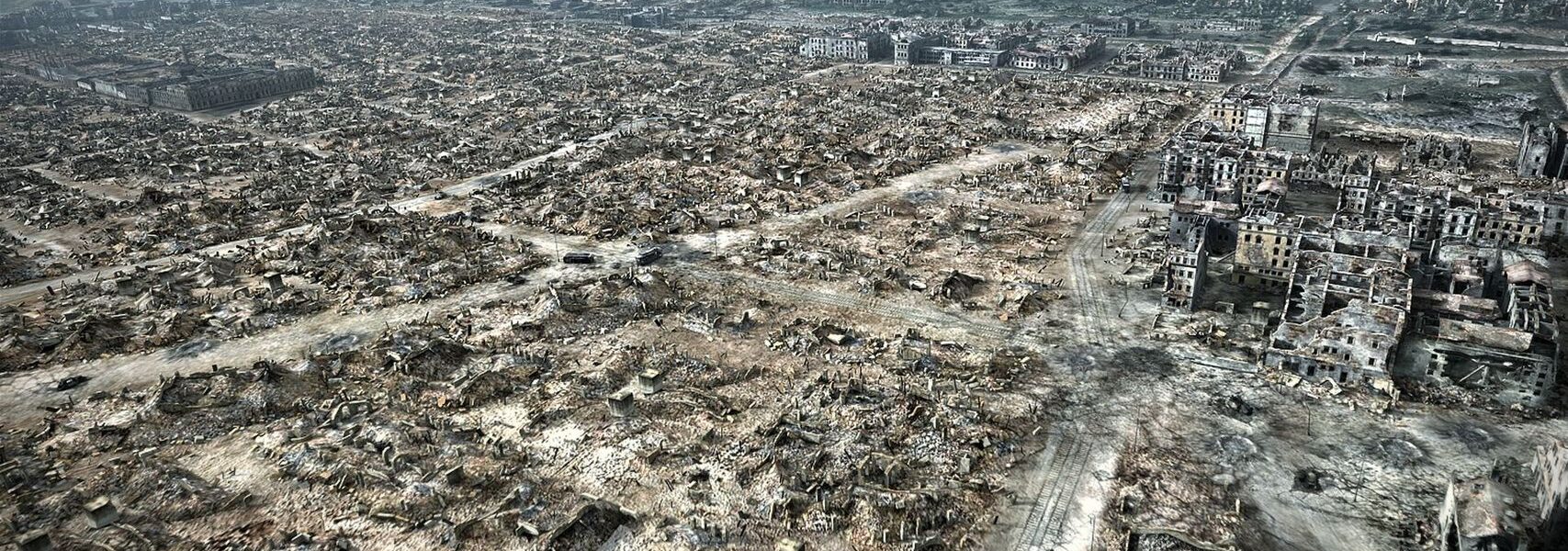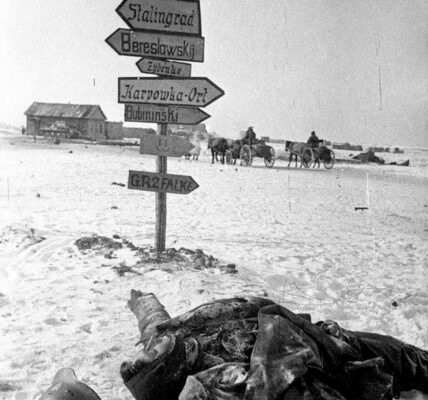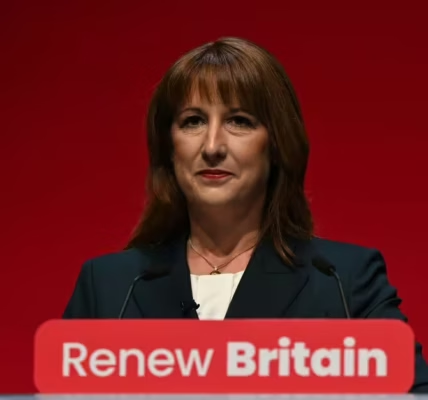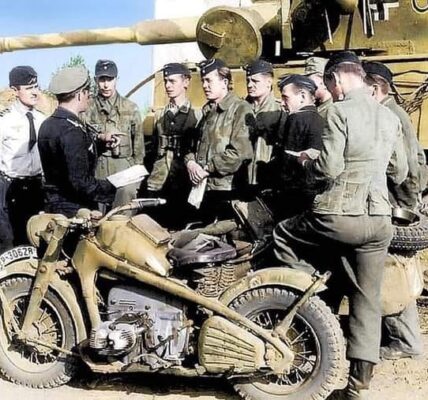
When World War II ended in May 1945, it left Germany in a state of utter devastation. Cities like Dresden, Hamburg, Cologne, Berlin, and many others were barely recognizable. Entire neighborhoods had been razed to the ground. The photograph above vividly illustrates the extent of the destruction: endless fields of rubble, crisscrossed by the last remaining intact roads and railway lines. What had once been bustling homes, workshops, and shops now existed only as ruins and ashes.
Allied air raids had intensified since 1942. Particularly in the final months of the war, major cities were bombed with the aim of destroying German infrastructure and crippling public morale. The result was a humanitarian disaster. Millions were left homeless, tens of thousands lost their lives, and hundreds of thousands lost everything.
In cities like Dresden, which were almost completely obliterated in just a few hours by a series of air raids in February 1945, the destruction rate reached up to 90 percent. Berlin, the capital of the Third Reich, was also almost entirely destroyed after the intense battle for the city in the spring of 1945. The remains of the destroyed buildings stood like stark, skeletal ruins against the sky, while people searched the streets for food, water, and loved ones.
But the devastation was not merely physical. It was also a symbol of moral and societal collapse. The Nazi regime had plunged not only Germany, but all of Europe into unprecedented bloodshed. The landscape of ruins thus became a visible sign of failure and guilt – but also the starting point for a difficult new beginning.
In the immediate postwar months, many Germans began the so-called “rubble clearing.” Women, in particular, later known as “rubble women,” worked with their bare hands, hammers, and simple tools to remove debris and create habitable spaces again. Reconstruction was a mammoth task, but it began surprisingly early—not least because of the widespread need. Amidst the rubble, the first emergency shelters, makeshift buildings, black markets, and communal kitchens sprang up.

At the same time, people had to cope with the political and psychological realities of the postwar period. Germany was occupied and divided into four zones, many families were separated, and millions of men were prisoners of war. The question of guilt and responsibility was suppressed in many families – daily life was dominated by survival.
Nevertheless, reconstruction was not only a physical undertaking, but also a societal one. A new awareness of democracy, the rule of law, and peace gradually emerged. From the chaos and catastrophe, the so-called “economic miracle” arose over time, particularly in West Germany, but also in East Germany, where a new state was built under different circumstances.

The photograph shown is more than just a historical document. It is a silent witness to those years of hardship, transition, and new beginnings. It reminds us that peace and prosperity are not to be taken for granted. Today, the ruins stand as a symbol of the lessons of the past—of what was destroyed, but also of what could be rebuilt.











